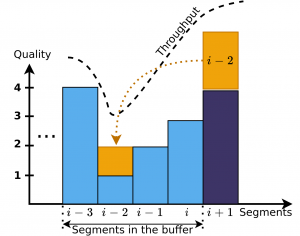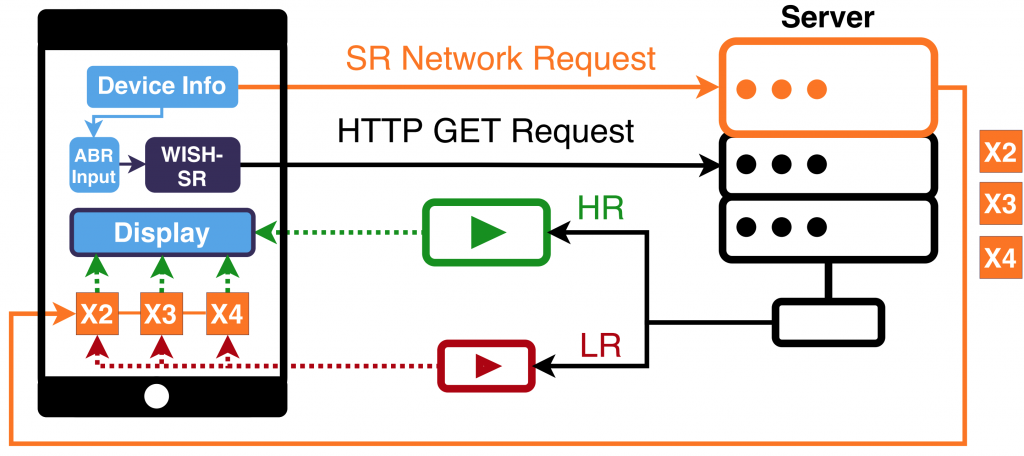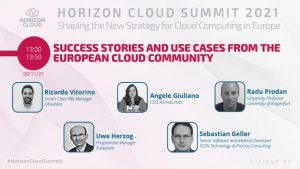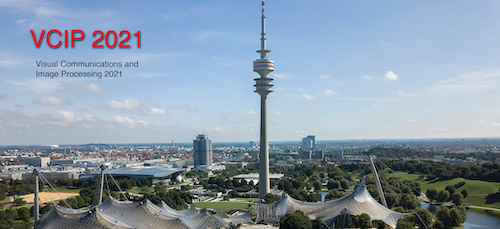Project Lead: H. Hellwagner, Ch. Timmerer
Abstract: Immersive telepresence technologies will have game-changing impacts on interactions amongst individuals or with non-human objects (e.g. machines), in cyberspace with blurred boundaries between the virtual and physical world. The impacts of this technology are expected to range in a variety of vertical sectors, including education and training, entertainment, healthcare, manufacturing industry, etc. The key challenges include limitations of both the application platform and the underlying network support to achieve seamless presentation, processing, and delivery of immersive telepresence content at a large scale. Innovative design, rigorous validation, and testing exercises aim to fulfill the key technical requirements identified such as low-latency communication, high bandwidth demand, and complex content encoding/rendering tasks in real-time. The industry-leading SPIRIT consortium will build on the existing TRL4 application platforms and network infrastructures developed by the project partners, aiming to address key technical challenges and further develop all major aspects of telepresence technologies to achieve targeted TRL7. The SPIRIT Project will focus its innovations in network-layer, transport-layer, application/content-layer techniques, as well as security and privacy mechanisms to facilitate the large-scale operation of telepresence applications. The project team will develop a fully distributed, interconnected testing infrastructure across two geographical sites in Germany and UK, allowing large-scale testing of heterogeneous telepresence applications in real-life Internet environments. The network infrastructure will host two mainstream application
environments based on WebRTC and low-latency DASH. In addition to the project-designated use case scenarios, the project team will test a variety of additional use cases covering heterogeneous vertical sectors through FSTP participation.



 Authors: Minh Nguyen (Christian Doppler Laboratory ATHENA, Alpen-Adria-Universität Klagenfurt, Austria), Christian Timmerer (Christian Doppler Laboratory ATHENA, Alpen-Adria-Universität Klagenfurt, Austria), Stefan Pham (Fraunhofer FOKUS, Germany), Daniel Silhavy (Fraunhofer FOKUS, Germany), Ali C. Begen (Ozyegin University, Turkey)
Authors: Minh Nguyen (Christian Doppler Laboratory ATHENA, Alpen-Adria-Universität Klagenfurt, Austria), Christian Timmerer (Christian Doppler Laboratory ATHENA, Alpen-Adria-Universität Klagenfurt, Austria), Stefan Pham (Fraunhofer FOKUS, Germany), Daniel Silhavy (Fraunhofer FOKUS, Germany), Ali C. Begen (Ozyegin University, Turkey)











